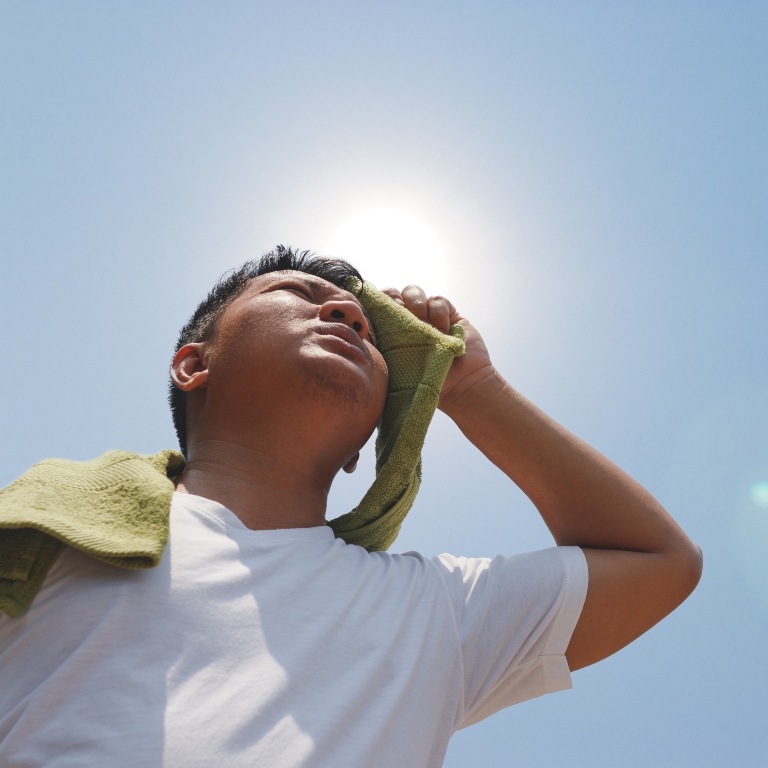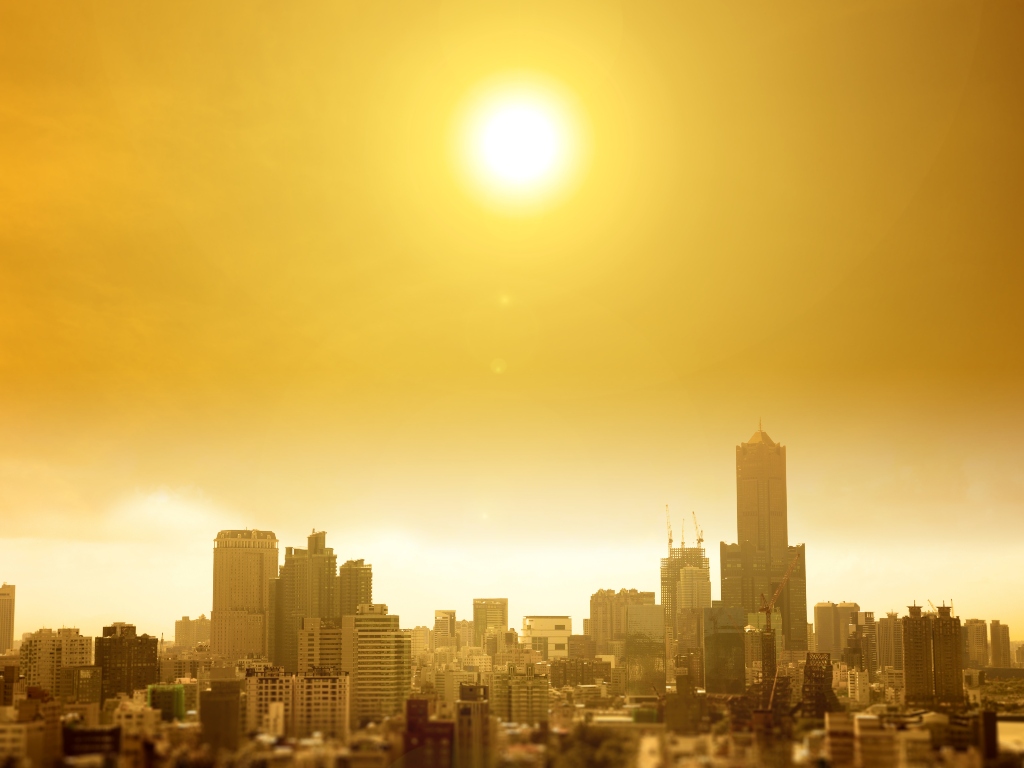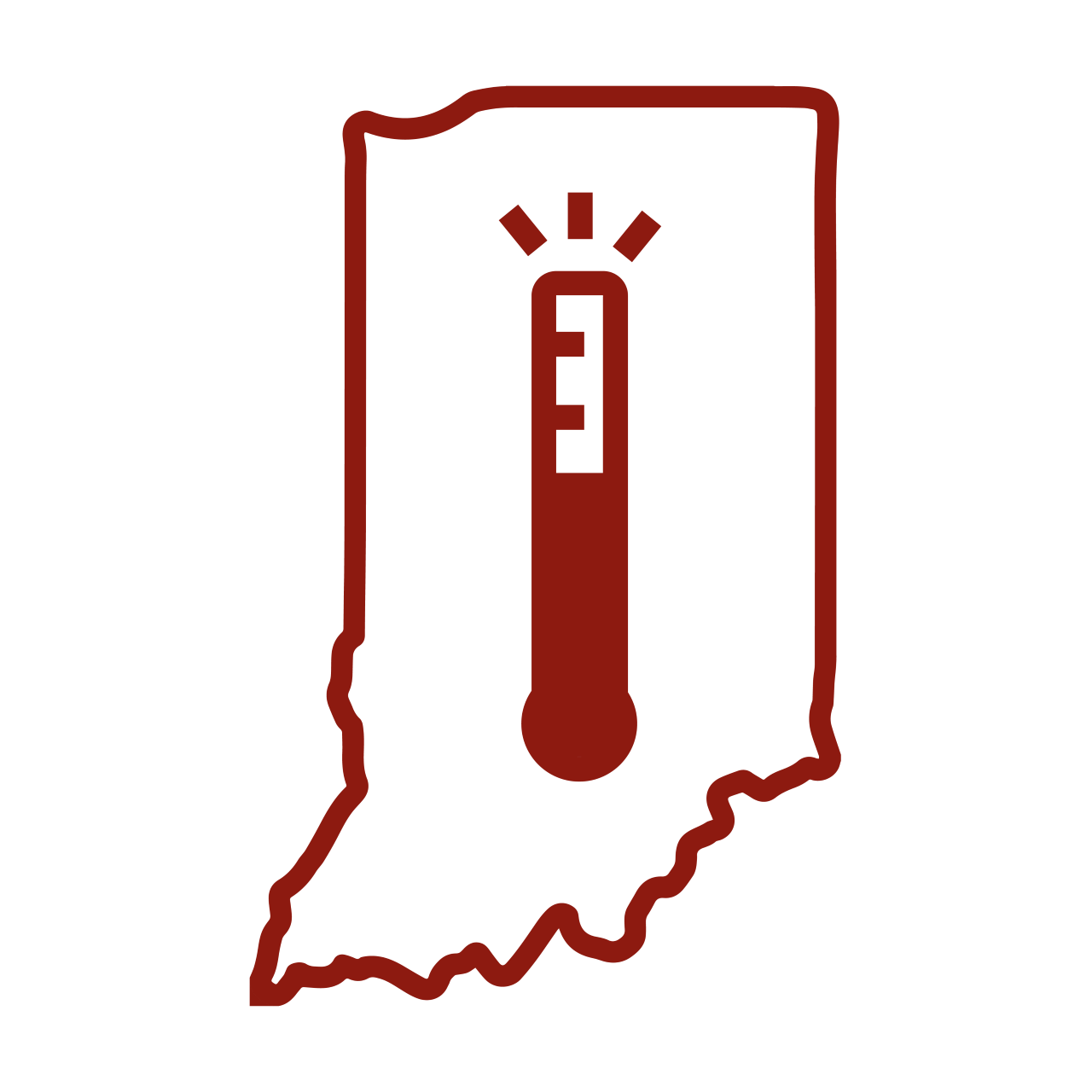Extreme heat is the deadliest weather hazard in the US, responsible for more fatalities each year than hurricanes, tornadoes, and flooding.
Over the next 30 years, average temperatures in Indiana are projected to rise about 5 to 6 degrees Fahrenheit due to climate change. With these changes, the frequency, duration, and intensity of heat waves are expected to increase across the Midwest.
In order to protect Hoosiers from the health impacts of extreme heat, communities must recognize the risks posed by summer heat waves and make a plan to protect residents and reduce the need for medical intervention.





